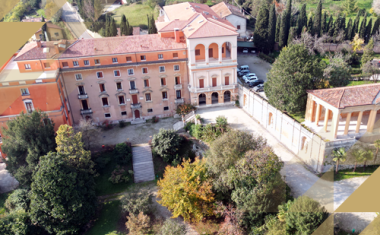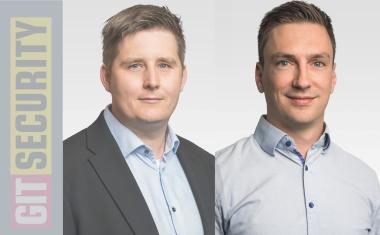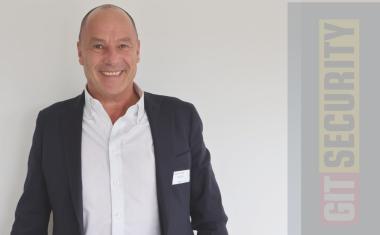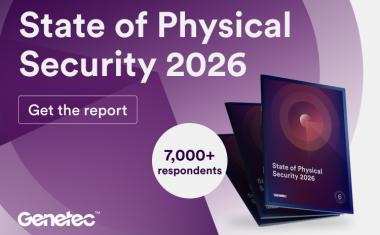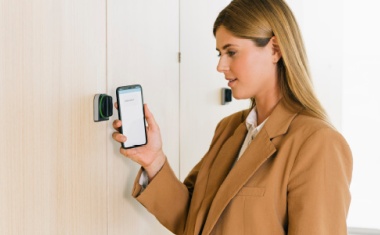Keso: 4000S Omega system for Frankfurt Airport
Keso: 4000S Omega system for Frankfurt Airport. Frankfurt Airport, the eight-largest airport in the world and the third-largest in Europe, has an ever-growing number of passengers ...
Keso: 4000S Omega system for Frankfurt Airport. Frankfurt Airport, the eight-largest airport in the world and the third-largest in Europe, has an ever-growing number of passengers passing through its facilities yearly. Expansion plans to accommodate up to six million passengers a year are currently underway and the build-out is expected to be completed by the beginning of 2012. Frankfurt Airport has now chosen Keso’s 4000S Omega system to fit its Airport Center in Terminal One as part of its expansion plans. The installation of the locking system is going to begin at the facility in May 2009.
The deal was made thanks to Raatz GmbH, a competent German agency specialised in door management, who has already been working with Keso for 10 years and suggested the 4000S Omega system. The locking system is extremely reliable and intelligent, meeting the security needs of such a hightraffic facility like the Frankfurt Airport Center, which houses a hotel, conference facilities, banks and shops.
With its profiled key stop, the Keso 4000S Omega is a topquality, precision piece of craftsmanship. The system’s seven key shapes are trademarked and can be combined in the same system.
Around 2,700 mechanical cylinders were fitted during the initial installation of the locking system. In addition to the merits of the Swiss-locking model, the system’s two-line technology was a crucial factor contributing to why the system was chosen over the competition.
Two-line technology enables double the capacity of locking combinations because borings can be made on both the inner and outer line levels. As a result, a large number of different locking groups can be produced, which is particularly important for large locking systems.
Jörg Walenta, Property Manager of the Frankfurt Airport Center and responsible for the technical sector, enumerates a few reasons why the bid was given to Keso. “The good price-performance has convinced us right from the start. Furthermore the modular two-line technology system has been a decisive factor; the possibility to combine several systems with each other in order to increase the safety factor. Such a huge locking system (like the Airport Center) needs to meet extremely high and complex requirements. Another reason why the Mirus GmbH & Co. KG of the Frankfurt Airport Center has chosen the Swiss company is the duration of the patent until the year 2023. Altogether Keso offers, besides a high safety standard and long experience in business, also individual solutions, that have exactly satisfied the demands of the Frankfurt Airport Center.“
Contact:
Keso AG Sicherheitssysteme,
Richterswil, Switzerland
Tel.: +41 44 7873434
Fax: +41 44 7873535
www.keso.com



